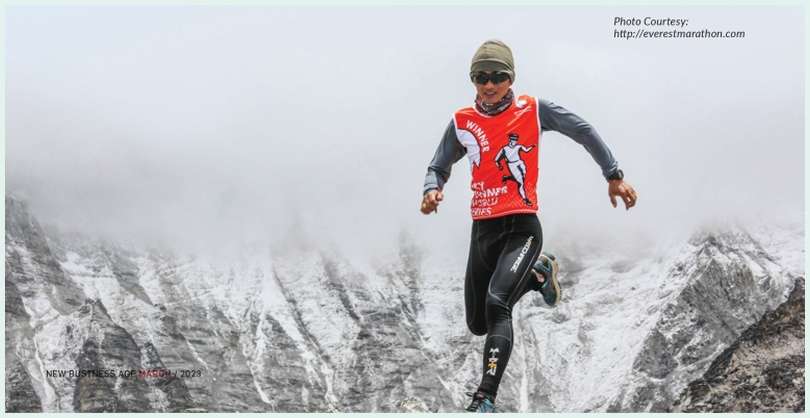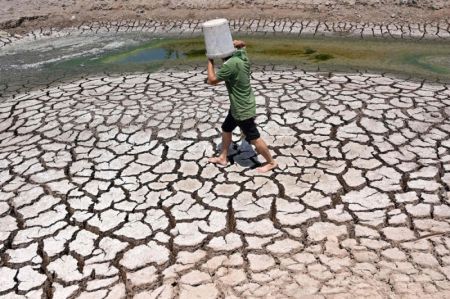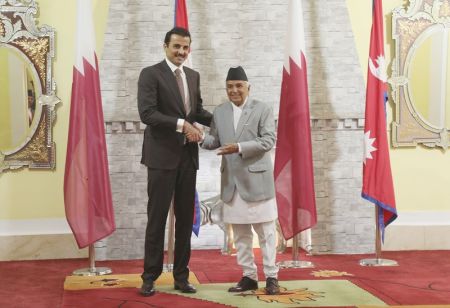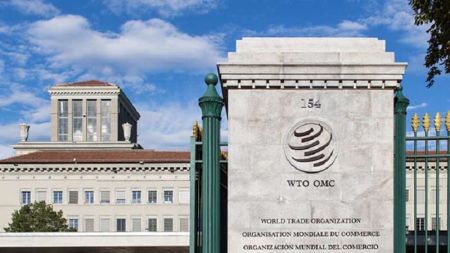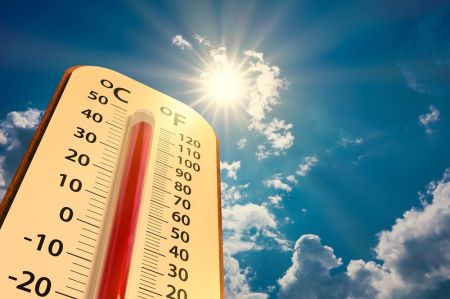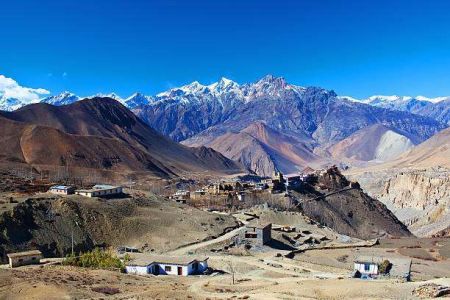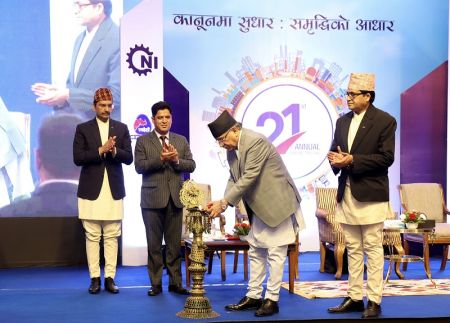Nepal’s untapped potential for sports tourism.
--BY BISHAL RAJ POUDYAL
Nepal is a natural choice for runners who want to combine their passion for running with a holiday. The country boasts an impressive network of trails that cover tens of thousands of miles, catering to all levels of experience - from easy to challenging and remote. Popular among these trails are the Everest Trail, Mustang Mountain Trail, Manaslu Mountain Trail, Sindhupalchowk Trail, Annapurna Trail, and Manjushree Trail, among others. These trails offer adventure tourism opportunities, including marathons, also known as trail runs. For instance, the Everest Marathon, held annually in the Solukhumbu district of Nepal, is one of the world's highest and toughest races, with a starting point of 5364 metres above sea level at the Mt. Everest Base Camp. The marathon follows the traditional high Sherpa trails of the Khumbu Valley. Another popular event, the Manjushree Trail Race, is the only International Trail Running Association (ITRA)-certified 100-mile trail race in Nepal.
The Manjushree Trail Race takes participants on a challenging route along the Kathmandu valley rim ridge line, across the seven peaks that surround the valley - Jamacho, Shivapuri, Nagarkot, Phulchoki, Champadevi, Bhasmasur, and Chandragiri. Covering a distance of 175.18 km, with an incline of 12,695 metres across the seven peaks, this race is a true test of endurance. Despite the abundance of trail landscapes in Nepal and the potential for trail races to benefit future generations, nature-based trails, and their associated economic and health benefits, have yet to be fully embraced on a broader economic level. Currently, there is a lack of business models for trails, and consequently, trail management models have not yet been identified, discussed, and implemented. In other words, the potential of trail running and its associated tourism benefits remain largely under-researched.
Trail Running and Sports Tourism
The government recognizes sports tourism, such as whitewater rafting, as an important and growing source of tourist revenue. Institutionalisation and commercialization efforts have led to the evolution of this sport, enabling Nepali teams to participate in international rafting rallies in countries like Switzerland, Siberia, and the USA. These events provided valuable exposure to participants and helped promote and market the sport in Europe and America. Nepalese trail runners have also made a name for themselves on the international stage, participating in world championship trail races in countries such as Thailand and Switzerland. World-record holder ultra-runner Mira Rai leads her own initiative through the Mira Rai Initiative (MRI), which is committed to supporting the trail-running community in Nepal. The Exchange and Empower (ENE) program, a collaboration between the Hong Kong Trail Running Women group and MRI, aims to provide talented young female runners in Nepal with the opportunity to broaden their horizons, experience different lifestyles, and share their stories and culture with others. Other sports-related tourism activities, such as paragliding, canyoning, bungee jumping, skydiving, and elephant polo, share common features in terms of market development and evolution. However, the potential for trail running to contribute to the tourism industry in Nepal is yet to be fully explored, including business opportunities, innovative business models, and sustainability issues.
Since the early 2000s, trail running has become increasingly popular around the world. However, for years, the sport struggled to gain full recognition. In response, over 150 members of the international trail running community came together in 2012 to establish a strong foundation for the sport and affirm its core values. This effort resulted in the creation of the International Trail Running Association (ITRA) in 2013. The primary goal of ITRA is to promote the sport's core values, diversity, safety, and the health of runners, as well as to further its development and facilitate constructive dialogue between national and international bodies with an interest in trail running.
ITRA is represented throughout the world by National Representatives, who serve as the voice of their country's runners and trail running organisers at the ITRA General Assembly. Despite Nepal's reputation as a trail runner's paradise and home to world-class runners, the country has yet to establish a significant presence in the association. Without earnest interest in the country's representation, trail running in Nepal may continue to be overlooked by the global community.
Positive Markets for Sports Tourism
Researches show the global racing industry has grown by a staggering 300% over the past 25 years, with trail running experiencing a stunning ascent. Even retailers are benefitting from this trend, with running brands seeing sales increases of up to 60 or 70 percent. McKinsey has forecasted growth in the sporting goods market of up to ten percent over the next three years. A recent Runner's World reader survey with over 9,000 respondents identified four mega-trends that could encourage the running industry, one of which being 'more beginners, less focus on competition'. The number of competitive runners is declining, while one in six survey participants have only started running in the past two years. In 2022-23, Nepal is expected to have 28 trail running events, compared to 82,000 races globally. However, informal sources suggest that running events in Nepal have grown manifold times compared to earlier years. While most of the trail races in Nepal are still relatively unknown, except for the Everest Marathon, the development of sports tourism with a specific focus on trail running could attract a large number of running tourists, whether for recreation or competitive events. This influx of amateurs and sports enthusiasts could establish trail running as the most sought-after event in Nepal for the global community.
The Business of Trails
The growth of running events is indeed inevitable, as more and more people are drawn to this exhilarating and fulfilling sport for leisure and recreation. Fortunately, there are still many undiscovered trails to be found, particularly in the Himalayan nation of Nepal which is blessed with some of the most stunning and magical trails in all of Asia.
However, the growth of trail running must also be managed carefully, particularly in terms of the environmental impact of these events. The risk of global warming and other environmental challenges must be taken seriously, and proper management of these trails is essential. To ensure the long-term sustainability of trail running as a driver of tourism and economic growth, thorough research is needed to identify the gaps in the management of existing trails and to develop innovative and financially sustainable business models for trail running. Only with this kind of deep study and planning can we ensure that the business of trail running is managed in a responsible and sustainable manner for the benefit of all.
(Poudyal is a chartered accountant by profession and an avid trail runner)


